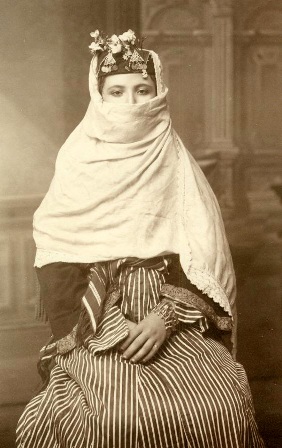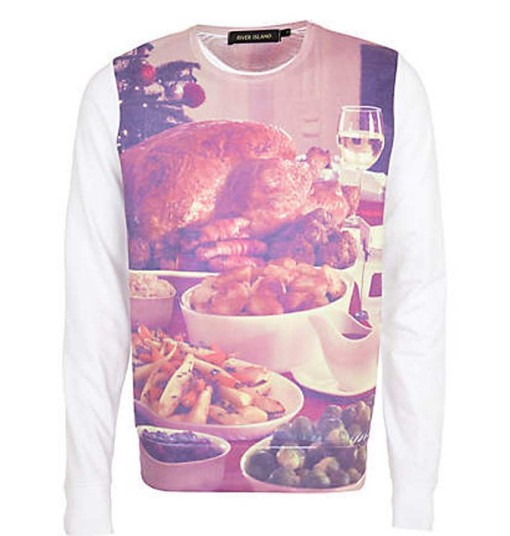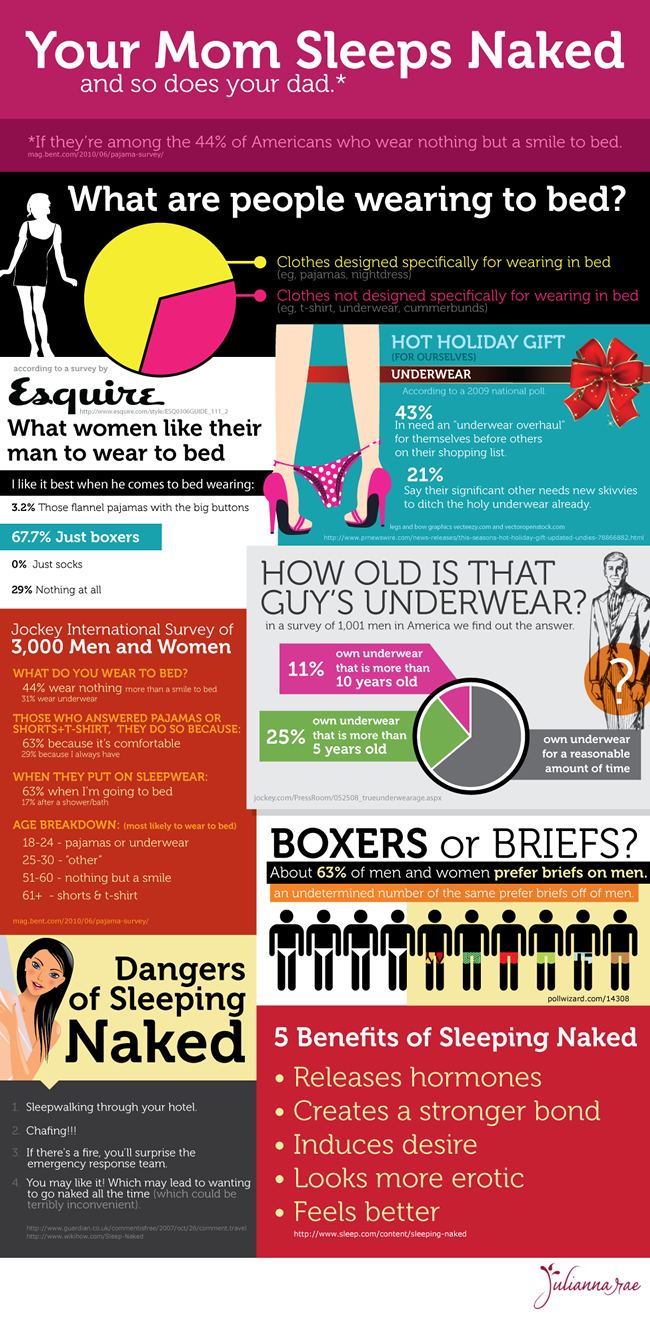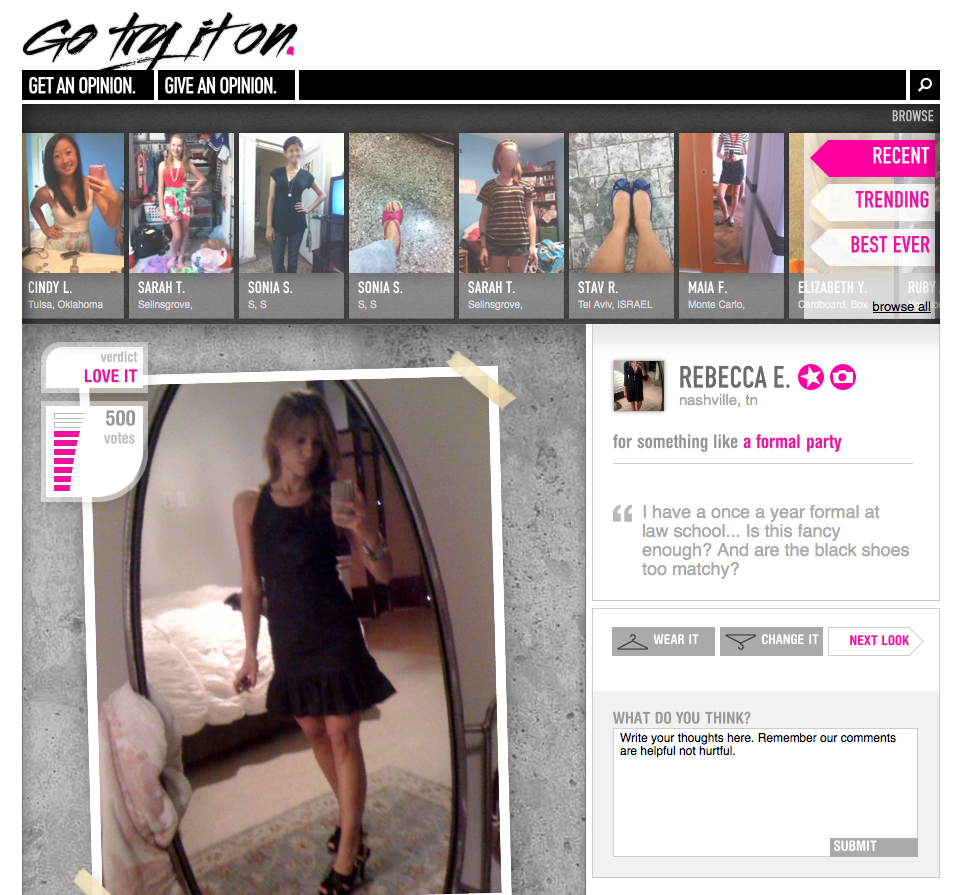If you share a household with children, or adults who continually misplace things, you’ll be intimately familiar with the Missing Sock Law (MSL). No matter how hard you try to keep clothing, and people, organized, and no matter how diligent you are during the laundry process, you will always lose socks. After your weekly laundry you will always end up with an odd number of socks, they will always be mismatched and you will never find the missing ones again. This is the MSL, and science has yet to come up with a solution.
However, an increasing number of enterprising youngsters, non-OCD parents, and even some teens, are adopting a solution that’s been staring them in the face since socks were invented. Apparently, it is now a monumentally cool fashion statement (at the time writing) to wear mismatched socks — there are strict rules of course, and parents, this is certainly not for you.
From WSJ:
Susana Yourcheck keeps a basket of mismatched socks in her laundry room, hoping that the missing match will eventually reappear. The pile is getting smaller these days, but not because the solitary socks are magically being reunited with their mates.
The credit for the smaller stash goes to her two teenage daughters, who no longer fuss to find socks that match. That’s because fashionable tweens and teens favor a jamboree of solids, colors and patterns on their feet.
“All my friends do it. Everyone in school wears them this way,” says 15-year-old Amelia Yourcheck.
For laundry-folding parents, the best match is sometimes a mismatch.
Generations of adults have cringed at their children’s fashion choices, suffering through bell bottoms, crop tops, piercings and tattoos. Socks have gone through various iterations of coolness: knee-high, no-see, wild patterns, socks worn with sandals, and no socks at all.
But the current trend has advantages for parents like Ms. Yourcheck. She has long been flummoxed by the mystery of socks that “disappear to the land of nowhere.”
“I’m not going to lie—[the mismatched look] bothers me. But I’m also kind of happy because at least we get some use out of them,” says Ms. Yourcheck, who is 40 years old and lives in Holly Springs, N.C.
“It definitely makes laundry way easier because they just go in a pile and you don’t have to throw the odd ones away,” agrees Washington, D.C., resident Jennifer Swanson Prince, whose 15-year-old daughter, Eleni, rocks the unmatched look. “And if we are lucky, the pile will go in a drawer.”
Some parents say they first noticed the trend a few years ago. Some saw girls whip off their shoes at a bat mitzvah celebration and go through a basket of mismatched socks that were supplied by the hosts for more comfortable dancing.
For some teenage fashionistas, however, the style dictates that certain rules be followed. Among the most important: The socks must always be more or less the same length—no mixing a knee high with a short one. And while patterns can be combined, clashing seasons—as with snowflakes and flowers—are frowned upon.
The trend is so popular that retailers sell socks that go together, but don’t really go together.
“Matching is mundane, but mixing patterns and colors is monumentally cool,” states the website of LittleMissMatched, which has stores in New York, Florida and California. The company sells socks in sets of three that often sport the same pattern—stars, animal prints, argyles, but in different colors.
Read the entire article here.
Image courtesy of Google Search.



 Hot from the TechnoSensual Exposition in Vienna, Austria, come clothes that can be made transparent or opaque, and clothes that can detect a wearer telling a lie. While the value of the former may seem dubious outside of the home, the latter invention should be a mandatory garment for all politicians and bankers. Or, for the less adventurous, millinery fashionistas, how about a hat that reacts to ambient radio waves?
Hot from the TechnoSensual Exposition in Vienna, Austria, come clothes that can be made transparent or opaque, and clothes that can detect a wearer telling a lie. While the value of the former may seem dubious outside of the home, the latter invention should be a mandatory garment for all politicians and bankers. Or, for the less adventurous, millinery fashionistas, how about a hat that reacts to ambient radio waves?
